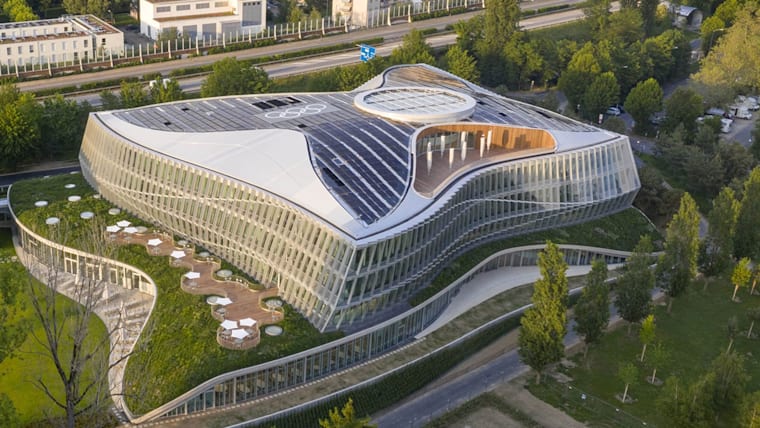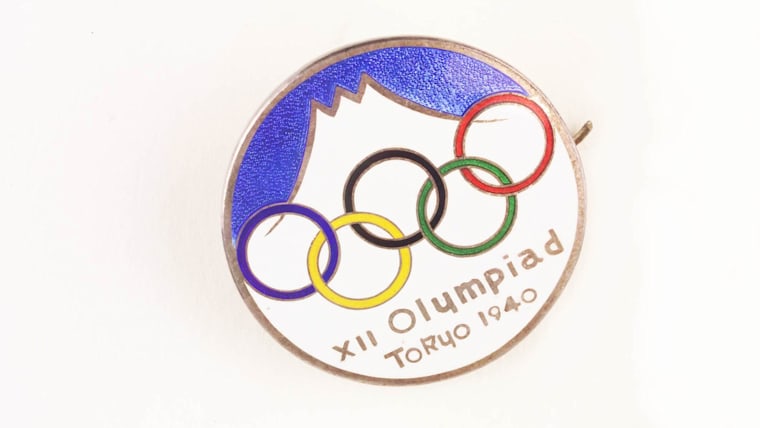Celebrating the legacy of Juan Antonio Samaranch
Juan Antonio Samaranch, who was born 100 years ago this week, was a man of extraordinary vision who transformed the Olympic Movement in the 20th century.
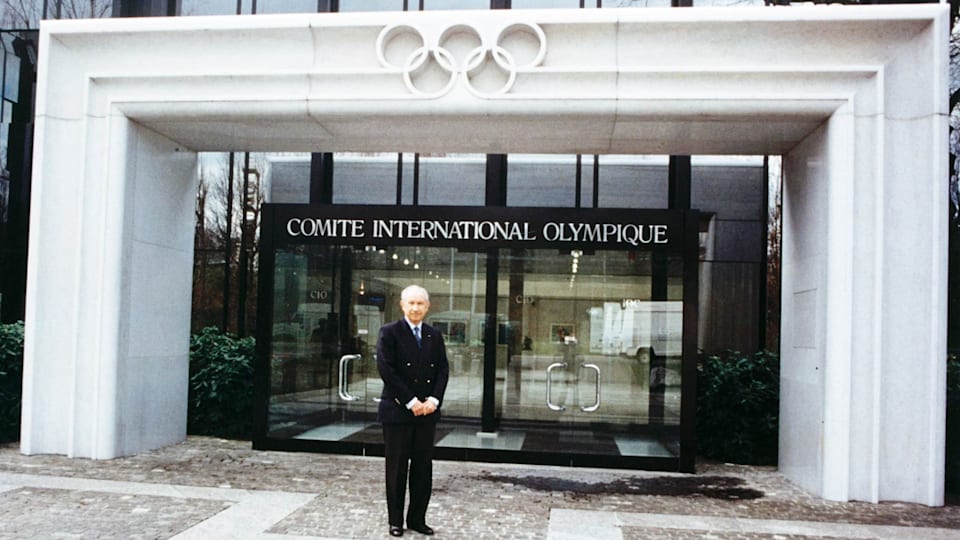
Born on 17 July 1920 in Barcelona (Spain), the third of six children, two girls and four boys, the young Samaranch took an early interest in sport. As a teenager, he practised hockey, boxing and football. Later in life, he was renowned for his continued discipline and fitness regime, using dumbbells and doing other exercises in hotel rooms around the world whenever he travelled.
Samaranch studied at the Business School of Barcelona, before going on to study in London and the USA. He obtained a diploma from the Barcelona Higher Institute of Business (IESE). During his studies, he practised roller hockey and created the World Championships for the sport in his hometown in 1951. The Spanish team won the inaugural event.
On completion of his studies, he joined the family business, all the while developing his passion for sports administration and politics. In 1954, he became a municipal councillor in charge of sport. He became a member of the Spanish Parliament in 1967; and served as national delegate for physical education and sport for three years. In 1973, he was appointed President of the Barcelona “Diputación” (Provincial Council). He resigned in 1977 when he was appointed Spanish ambassador to the then-Soviet Union and Mongolia by King Juan Carlos I, after the resumption of diplomatic relations between the two countries.
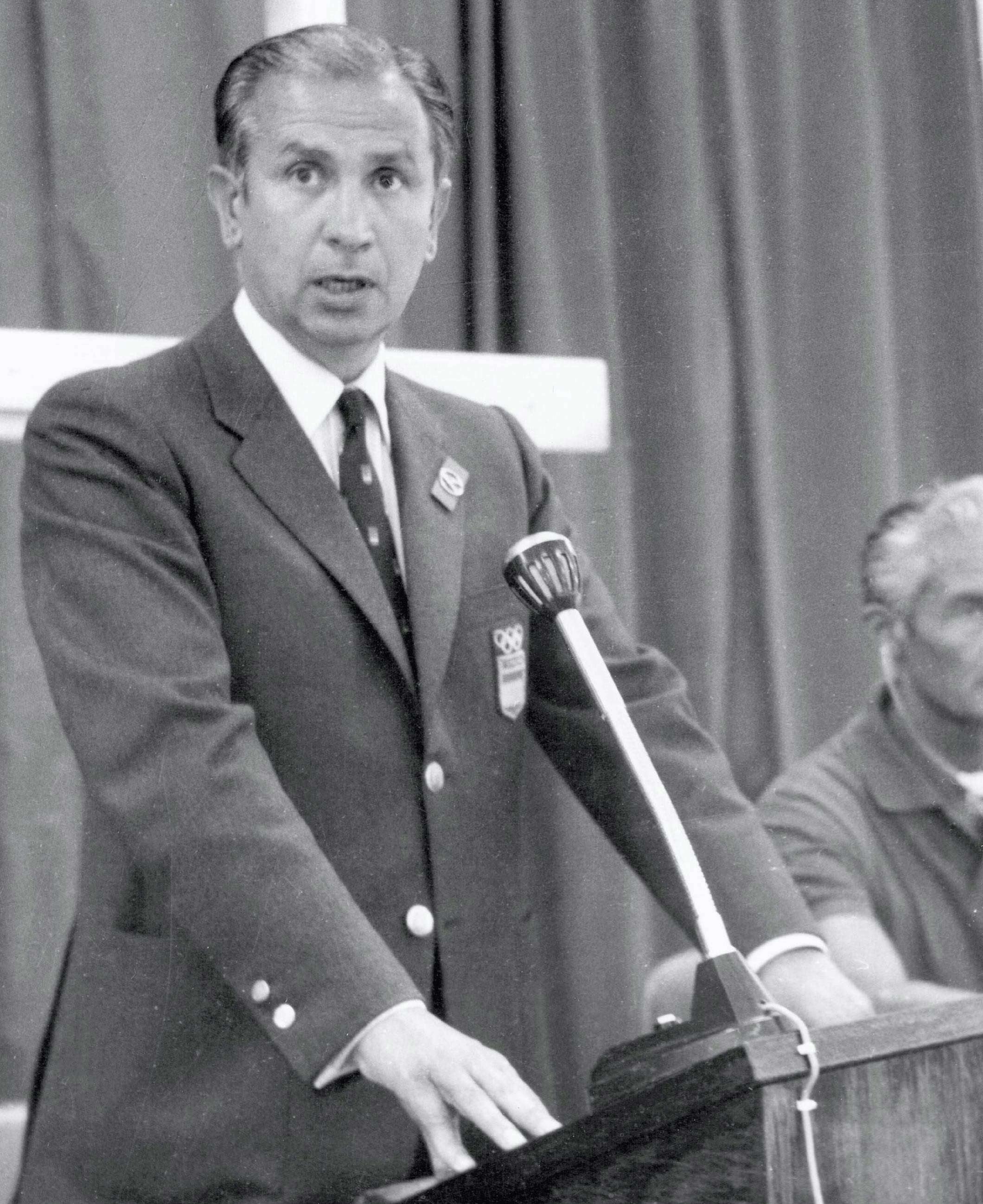
In 1952, Samaranch had his first close-up experience of the Olympic Games when he covered the Games of the XV Olympiad in Helsinki for the Barcelona evening paper La Prensa; he also covered leading football matches in the Spanish league. He realised early on that, without the media, sport in general and the Olympic Movement in particular would be unable to achieve the high profile required to exert an influence on modern society. He later became Chair of the IOC Press Commission.
The seeds of his Olympic Movement career were sown, and he never looked back, devoting to it over 50 years of his life. He was elected Vice-President of the International Mediterranean Games Committee (CIJM) for the second edition of the Games in Barcelona in 1955. In 1956, he was Chef de Mission for the Olympic Winter Games in Cortina d’Ampezzo, a role he was to reprise twice: at the Olympic Games Rome 1960 and again at Tokyo 1964.
Elected a member of the Spanish Olympic Committee in 1956, he served as President of the NOC from 1967 to 1970. He was elected as an IOC Member in 1966. Two years later, the then-IOC President, Avery Brundage, appointed him Head of Protocol (1968-1975 and 1979-1980). He also served as a member of the Executive Board (1970-1978 and 1979-1980), and was IOC Vice-President from 1974 to 1978. He was elected President of the IOC on 16 July 1980 at the 83rd Session in Moscow.
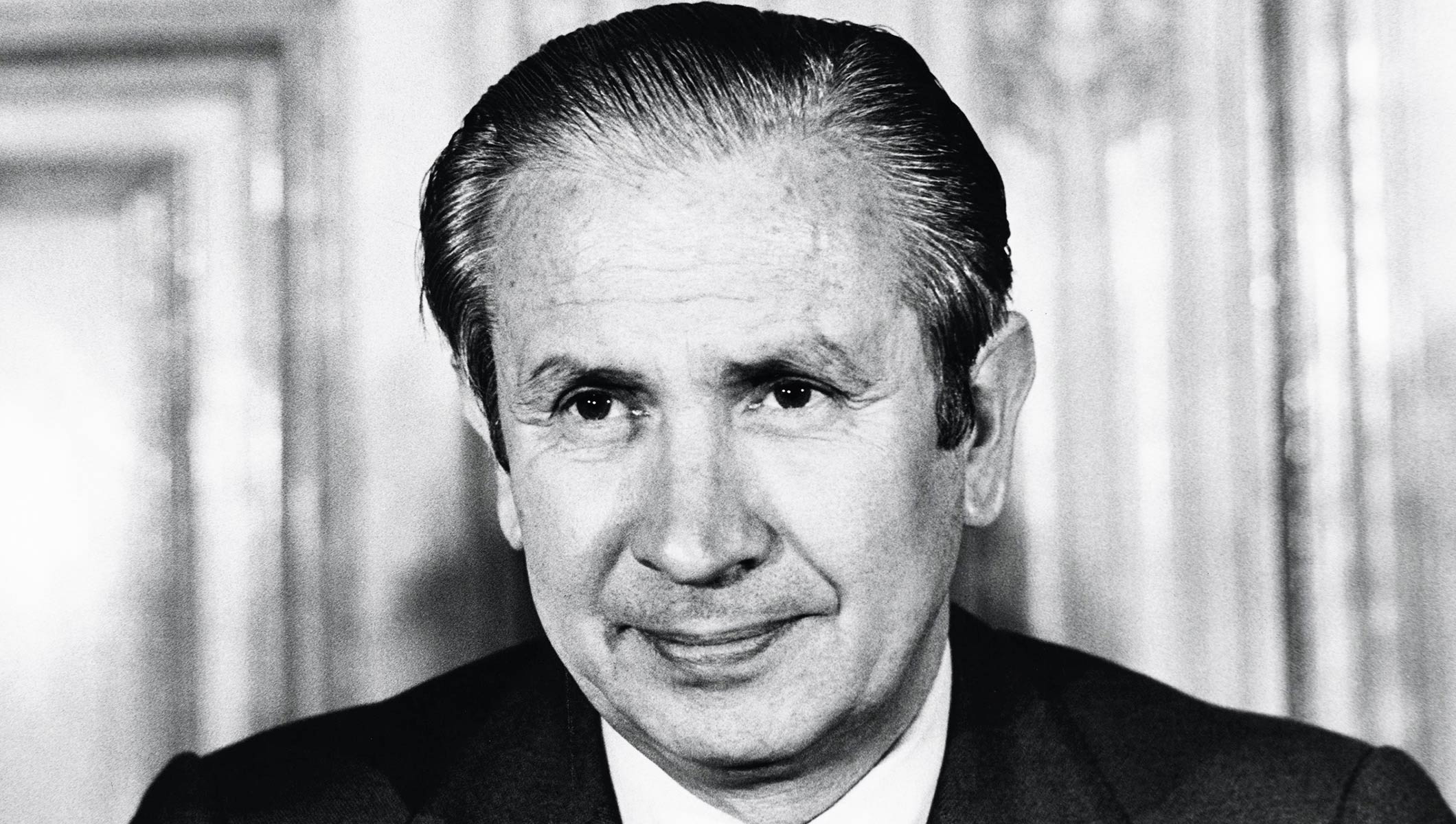
Juan Antonio Samaranch took over the presidency of the IOC at a very tense time in its history. The Olympic Games Moscow 1980 had been hit by a boycott, led by the USA in protest at the Soviet invasion of Afghanistan the previous December. As a result, only 80 NOCs participated. Meanwhile, the next edition of the Olympic Games in 1984 had already been awarded to Los Angeles, and there were fears of a retaliatory boycott four years hence.
But this was not the only challenge facing the organisation. At the time, the IOC had assets of about USD 2 million, but reserves of only USD 200,000. At the same time, the Olympic Games were facing strong competition from the world championships of other sporting events, both in terms of viewership and revenue opportunities.
Never one to be daunted, Samaranch immediately set about resolving these challenges. Unlike previous presidents who had led the organisation from their home countries, he moved to Lausanne and assumed the role of a hands-on executive President.

One of the first reforms of his presidency was to increase gender representation in the IOC. Within a year, two women had been elected to the membership: Pirjo Haggman and Flor Isava-Fonseca. By the end of his presidency, 17 women had been or were still serving as IOC Members. Today, more than one-third of IOC Members are women. His belief that women should gain greater recognition in sport led him to establish a working group in 1995, later the Women and Sport Commission, to advise the Executive Board on gender. He also oversaw major increases in the number of events and sports for women, including the marathon, track cycling and judo.
Believing that athletes should have greater representation in the IOC, in 1981 he invited a group of athletes to the Olympic Congress in Baden-Baden. This resulted in the formation of the Athletes’ Commission and the decision to appoint some active competitors as IOC Members. This practice continues to this day, with athletes having a strong voice within the Olympic Movement.
Under his tenure too, professional sportspeople were admitted to the Olympic Games, and the number of sports and events on the programme grew significantly. The total number of events grew from 221 at the Olympic Summer Games in 1984 to 300 in 2000, while the growth in winter sports went from 39 events in 1984 to 68 in 1998. It was also during Samaranch’s tenure that the decision was taken to move the Olympic Winter Games from being in the same year as the Olympic Summer Games, a change that occurred in 1994. At the same time, the number of National Olympic Committees (NOCs) participating in the Games rose during his presidency to 199 for the Olympic Games Sydney 2000 and to 72 for the Olympic Winter Games in 1998. Conscious of the importance of this worldwide community, Samaranch made the effort to travel and personally meet with members of the NOCs and, by the time he left the presidency, he had travelled to all 199 NOCs.
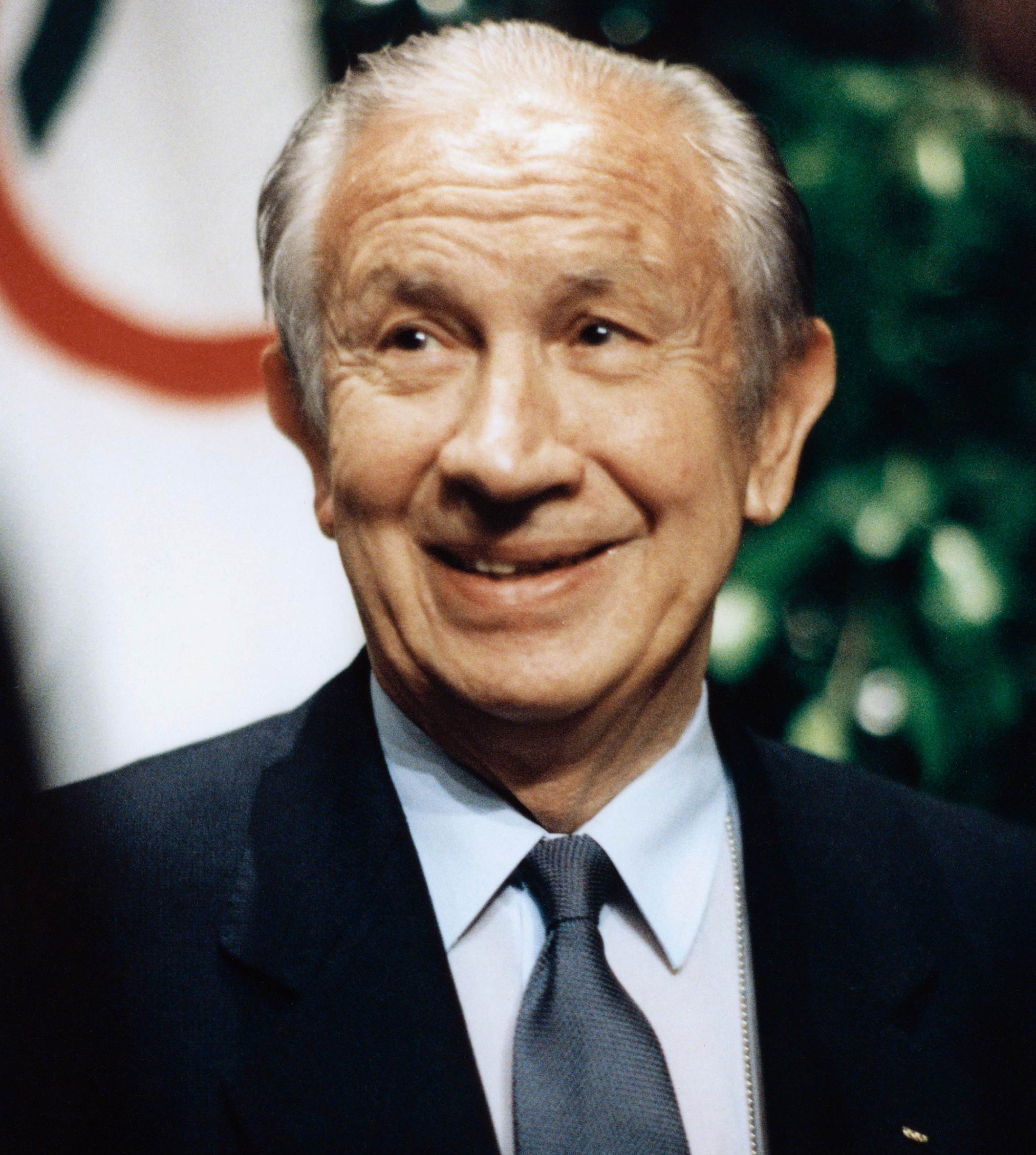
His easy manner and ability to communicate with others meant that when the Olympic Games were once again under the threat of another boycott in 1984, he was able to use his diplomatic skills to avert a full-blown repeat of the Moscow boycott.
Samaranch’s presidency also unfolded against a backdrop of major geopolitical change. There was the participation of both China and Chinese Taipei in the Games for the first time. The 1990s also saw the end of Apartheid and the re-admission of South Africa into the Olympic fold, as well as the break-up of the Soviet Union into 15 individual states. Under Samaranch’s tutelage, 12 former Soviet republics agreed to be members of a “Unified Team” at the Olympic Games Barcelona 1992, but with their own countries’ flags raised at medal ceremonies.
Meanwhile, his presidency also saw the establishment of the Court of Arbitration for Sport (CAS) in Lausanne that continues to be a major player today in resolving sport-specific disputes. Another of his legacies was the establishment of the World Anti-Doping Agency (WADA) in 1999. Made up of representatives of National Olympic Committees, International Federations, athletes and governmental and non-governmental bodies, it continues to spearhead the fight against doping in sport. In another hugely important achievement, Olympic Solidarity was established under Samaranch’s watch in 1981 to assist smaller nations with sports development. Solidarity remains as important to the Olympic Movement today as it was nearly 40 years ago, and continues to assist those nations with the greatest need. For the 2017-2020 Olympiad, Solidarity had a budget of more than USD 500 million.

Another initiative close to Samaranch’s heart was the creation of The Olympic Museum. A collection of memorabilia from IOC founder Pierre de Coubertin had found a home in the Villa Mon-Repos in Lausanne, shortly after he moved the organisation’s headquarters to Switzerland. A temporary museum was set up in 1982. But under Samaranch, a new Museum was built in Ouchy and inaugurated on 23 June 1993, Olympic Day. It houses the cultural, educational and artistic heritage of the Olympic Movement, alongside the Olympic Studies Centre for researchers, students and scholarship-holders. In 2019, it welcomed 319,000 visitors. The Museum was created in large part thanks to donations from 40 companies and 22 private institutions. It is this link with business and television broadcasters that financially underpinned many initiatives during Samaranch’s presidency which have given the Olympic Movement the financial stability that is still so important today.
Television revenue increased significantly between 1980 and 2001. In 1980, the Olympic Winter Games in Lake Placid raised revenues of USD 20.7 million, while the Olympic Games in Moscow raised USD 88 million. By 1998 and 2000, these had risen respectively to USD 513.5 million and USD 1.331 billion. Yet Samaranch did not chase revenues at all costs, saying: “One must keep this principle in mind: the aim of the Olympic Movement in negotiating with television networks is not just to obtain money, but also to ensure the greatest possible coverage of the Olympic Games and also of each sport.” This ethos remains very much current today.
Samaranch also oversaw The Olympic Partner (TOP) Programme, which gives leading sponsors exclusivity in different categories. The start of the four-year TOP Programme began in 1985 with USD 96 million. For the 2001-2004 period, this had risen to USD 663 million. Today, this programme continues to grow in both appeal and strength, with 15 global companies having joined – a true demonstration of their faith in the Olympic Movement. For the 2013-2016 Olympiad, it brought in revenues of about USD 1 billion.

Although Samaranch’s presidency saw some major achievements, it was not without its challenges. In the late 1990s, a scandal erupted over the voting for the awarding of the Olympic Winter Games to Salt Lake City in 2002. It led to the resignation or expulsion of 10 IOC Members. Samaranch took control and steered the organisation through the biggest threat to its existence. He drove through a series of reforms and revised the Olympic Charter in just under six months. Thanks to Samaranch’s calm and diplomacy, the IOC was able to weather the storm and emerged far stronger.
Samaranch’s vision for the Olympic Movement, along with his talent for tackling challenges, led to him being re-elected as President of the IOC twice – in 1993 and again in 1997 – making his tenure as President the second-longest after Coubertin. When he handed over the reins to his newly-elected successor on 16 July 2001, he left an organisation in a strong and healthy position, a situation that continues to the present day. The reforms he made and the programmes he put in place contributed in no small measure to making the Olympic Games the global event they are today.
Paying tribute to his predecessor, IOC President Thomas Bach said: “Juan Antonio Samaranch took over the presidency of the Olympic Movement at a time when it was on the point of collapse. He thoroughly modernised the Olympic Games, helping them to become a truly global event and taking them to new heights. Thanks to his commitment, virtually the entire world now competes in the Olympics. Thanks to his success, the Olympic ideal has spread, through the athletes trained and programmes devised by all 206 National Olympic Committees. Thanks to his willingness to reform, International Federations, NOCs and the athletes are now represented on the IOC, thus strengthening and uniting the Olympic Movement. His outstanding performance makes Juan Antonio Samaranch the IOC President who has done the most to shape the Olympic Movement. He lives on in his work and leaves us with both a valuable legacy and a huge responsibility.”
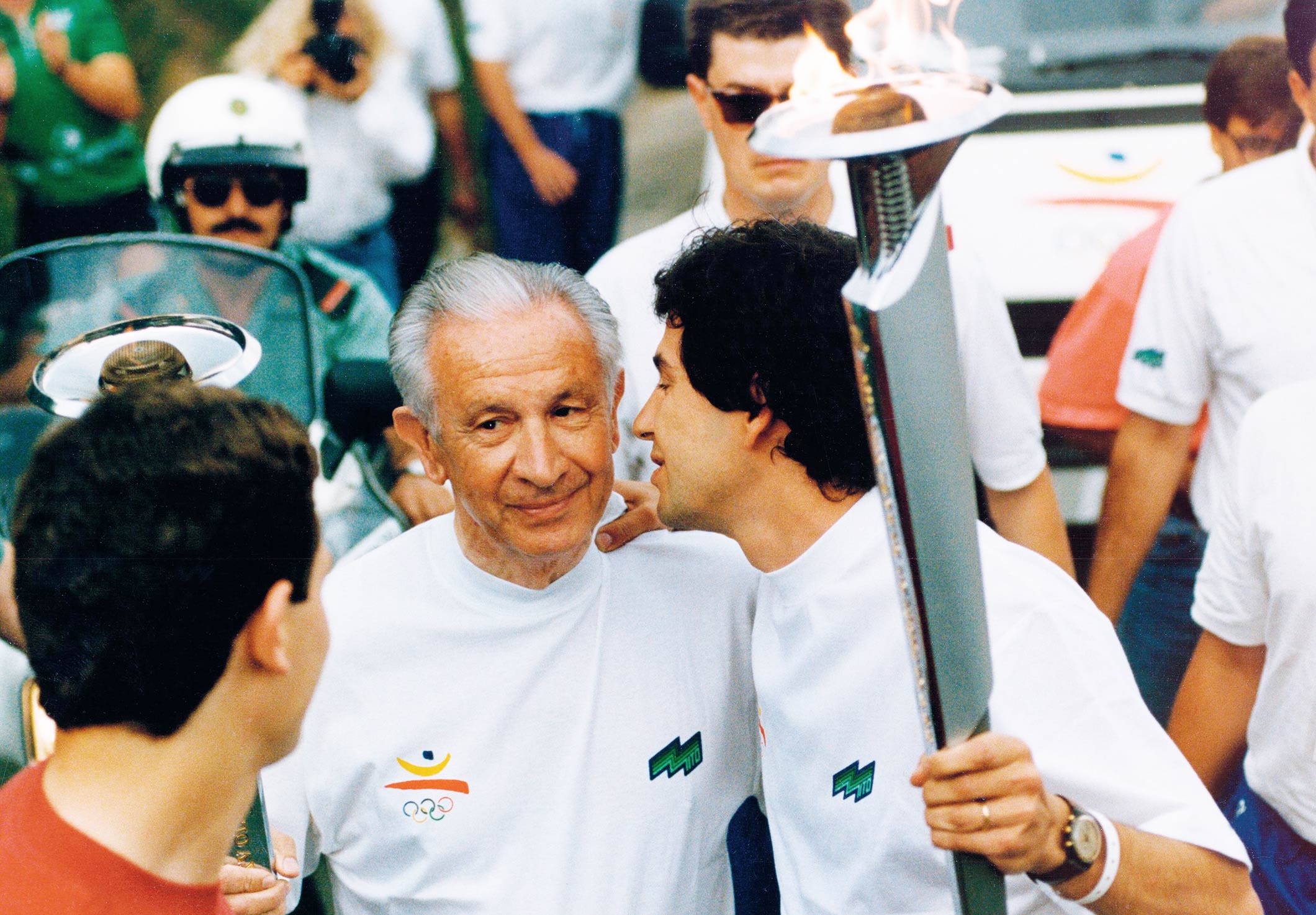
Juan Antonio Samaranch passed away on 21 April 2010 in Barcelona, Spain. His wife, María Teresa Salisachs Rowe, whom he married in 1955, passed away on 16 September 2000, during the Olympic Games Sydney 2000. He is survived by his daughter Maria Teresa (b. 1956) and his son Juan Antonio Samaranch, Jr. (b. 1959) an IOC Member since 2001 and currently Vice-President.

